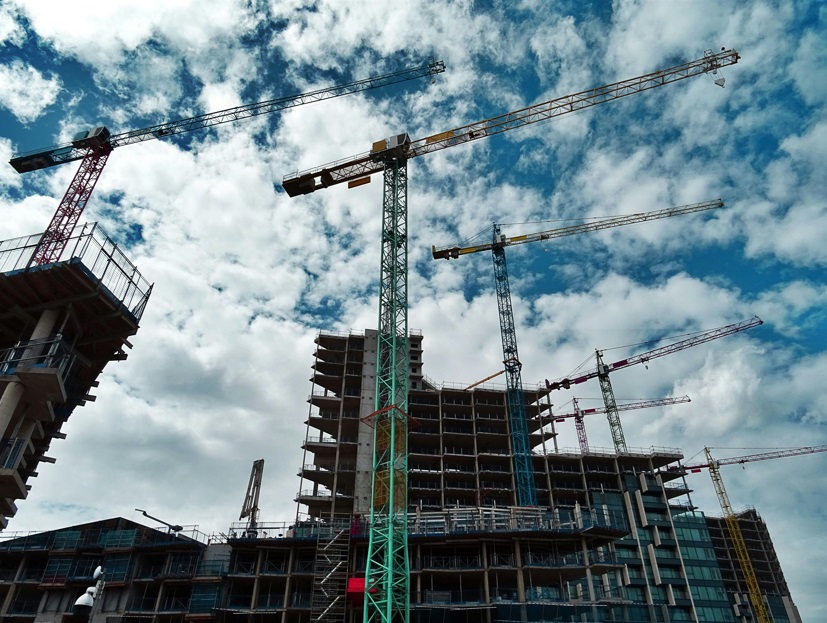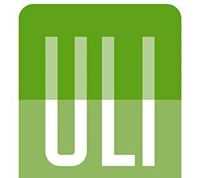Key Trends Influencing the Future of Residential Construction

The residential construction industry is evolving rapidly, driven by various factors such as technological advancements and demographic shifts. Understanding these trends is crucial for staying competitive in the market. This article explores key trends that are driving the future of residential construction.
Residential construction is undergoing significant transformations. As a professional in the real estate sector, it is essential to stay informed about these changes. By understanding current trends, you can better navigate the market and make informed decisions for your business.
Technological Advancements in Construction
One of the most impactful trends in residential construction is the integration of advanced technology. From 3D printing to smart home systems, technology is revolutionizing how homes are built and lived in. Companies like Rockford Construction are leading the way by adopting innovative construction methods that increase efficiency and reduce costs.
The big question is, infill and gentrification – what’s the difference? With the rise of infill development, urban areas are being revitalized, providing new housing opportunities within existing neighborhoods. This type of development not only maximizes land use but also promotes sustainability by reducing urban sprawl.
Another significant technological advancement in residential construction is the use of Building Information Modeling (BIM). BIM allows for detailed 3D modeling of buildings before construction begins, enabling better planning, coordination and cost estimation. This technology helps identify potential issues early in the design process, reducing costly changes during construction. Additionally, the integration of augmented reality (AR) and virtual reality (VR) in construction planning allows clients to visualize their future homes in unprecedented detail, enhancing the customer experience and streamlining the decision-making process.
The emergence of robotics and automation in residential construction is another exciting technological advancement. Robots are now being used for tasks such as bricklaying, painting and even concrete pouring, increasing precision and efficiency on construction sites. These automated systems not only speed up the building process but also help address labor shortages in the construction industry. As these technologies continue to evolve, we can expect to see more widespread adoption, leading to faster construction times, improved safety, and potentially lower costs for homebuyers.
Infill Development and Its Implications
Infill development refers to the process of developing vacant or underused parcels within existing urban areas. This trend is becoming increasingly popular as cities seek to optimize their land use and curb urban sprawl. Infill development can lead to more vibrant communities by bringing new housing, retail and amenities to established neighborhoods.
However, it is essential to balance infill development with considerations for existing residents. Gentrification can be a concern as new developments may increase property values and living costs, potentially displacing long-time residents. Companies like Rockford Construction are mindful of these dynamics, working to create inclusive and equitable development projects.
Gentrification: Challenges and Opportunities
Gentrification is a complex issue that often accompanies infill development. It involves the transformation of a neighborhood through the influx of more affluent residents and businesses. While gentrification can lead to improved infrastructure and economic growth, it can also result in displacement and cultural erosion.
To address these challenges, developers must engage with local communities and consider their needs and concerns. By fostering open dialogue and collaboration, companies like Rockford Construction can help ensure that redevelopment benefits all residents. Understanding the nuances between infill development and gentrification is crucial for creating sustainable urban growth.
Sustainable Building Practices
Sustainability is another critical trend shaping residential construction. With increasing awareness of environmental issues, there is a growing demand for eco-friendly building practices. This includes using renewable materials, energy-efficient designs and sustainable construction methods.
Rockford Construction is at the forefront of this movement, implementing green building practices in their projects. By prioritizing sustainability, developers can not only reduce their environmental impact but also attract environmentally conscious buyers. This trend highlights the importance of integrating sustainability into every aspect of residential construction.
Staying informed about key trends such as technological advancements, infill development, gentrification, and sustainability is essential for success in the residential construction industry. By understanding these dynamics, you can make strategic decisions that benefit both your business and the communities you serve.
















